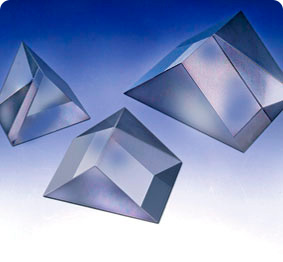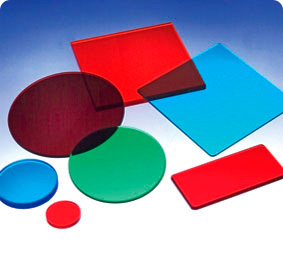
Optical materials generally consist of one or two basic chemicals, such as glass-metal oxides and more than ten other metal oxides, which are to rare-earth oxides or rare oxides (scattered and rare in nature, which is called the noble), as well other chemicals of high purity content of the main chemical, without which the optical quality of the material is not possible.
CAS NUMBER |
CHEMICAL NAME |
FORMULA |
|
|
Silicium Oxide |
|
|
|
Phosphorus Oxide |
|
|
|
Plumbum Oxide |
|
|
|
Plumbum Oxide |
|
|
|
Boron Oxide |
|
|
|
Aluminum Oxide |
|
|
|
Arsenic Oxide |
|
|
|
Antimony Oxide |
|
|
1312-81-8 |
Lanthanum Oxide |
|
|
|
Barium Oxide |
|
|
|
Zinc Oxide |
|
|
|
Titanium Oxide |
|
|
|
Zirconium Oxide |
|
|
|
Tantalum Oxide |
|
|
|
Niobium Oxide |
|
|
|
Niobium Oxide |
|
|
|
Ytterbium Oxide |
|
|
|
Vanadium Oxide |
|
|
|
Hafnium Oxide |
|
|
|
Tungsten Oxide |
|
|
|
Tellurium Oxide |
|
|
|
Germanium Oxide |
|
|
|
Gallium Oxide |
|
|
|
Bismuth Oxide |
|
|
|
Tallium Oxide |

















